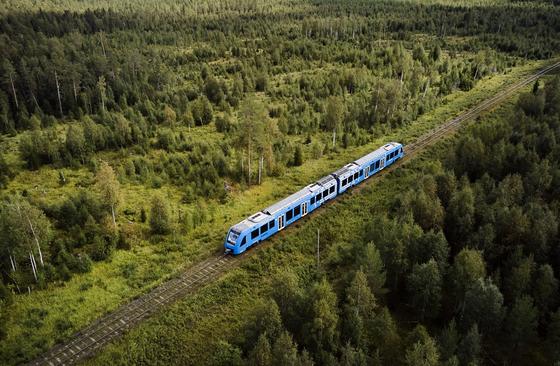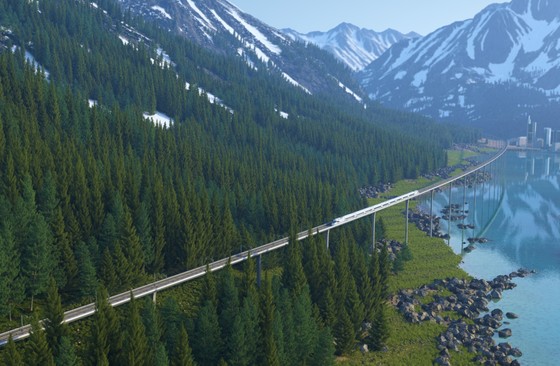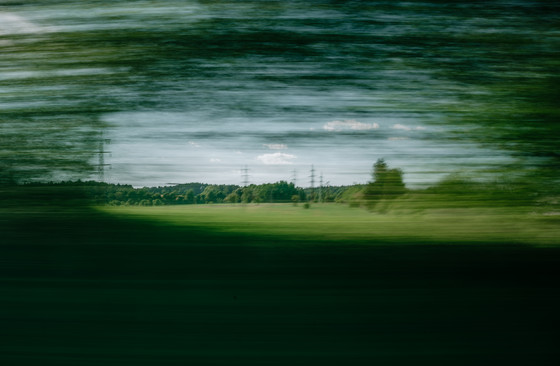Sustainable mobility
Eco-design: a pathway towards sustainable mobility
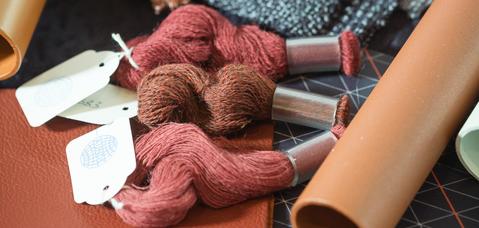
It is imperative that action is taken to reduce global carbon emissions in order to slow the impacts of climate change. This includes the transport sector where carbon emissions have increased by 72% between 1990 and 2022, growing at an annual rate of 1.7%. Transport accounts for 23% of global emissions accounting for energy use and remains heavily dependent on oil products. Reducing transport emissions requires a transition away from oil coupled with a modal shift to more energy and emissions efficient modes like rail – although rail accounts for 8% of global passenger transport and 7% of freight it uses only 2% of transport energy demand. At the same time, the rail industry can continue to take steps to make its products and operations more sustainable to reduce environmental impacts. By embedding responsible innovation at the core of Alstom’s R&D, eco-design reduces environmental impacts through the value chain of our trains and solutions, delivering operational efficiency through the entire life cycle of a solution.
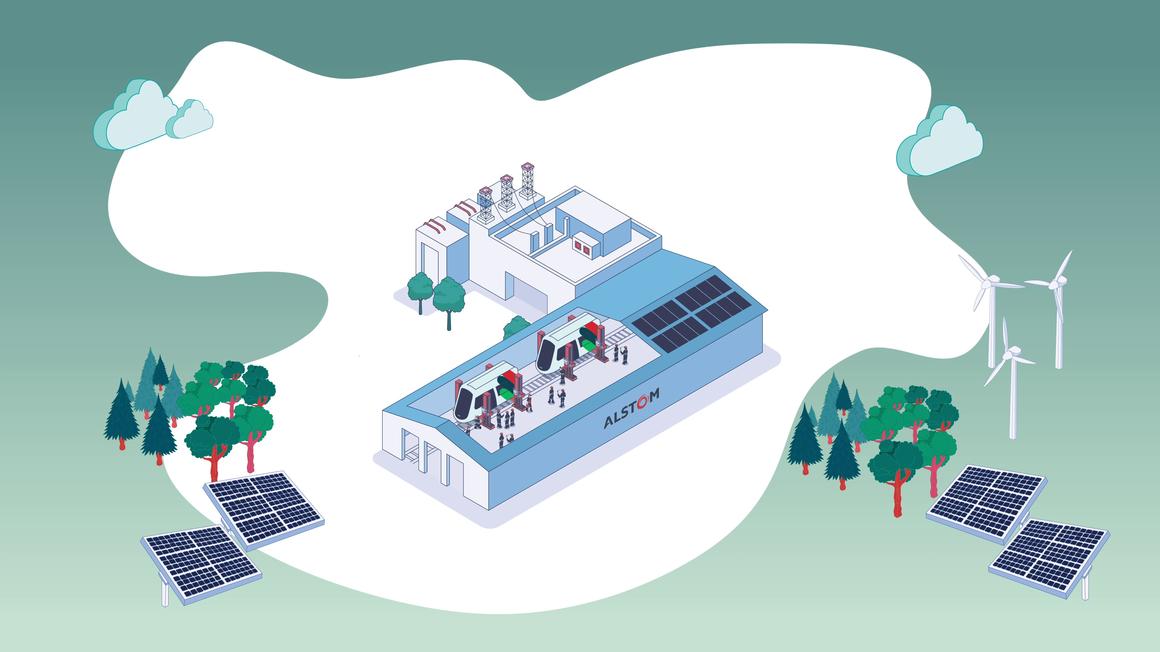
The crucial challenge: reducing the environmental impact of products
Eco-design is an approach that aims to incorporate environmental considerations during the design phase of a product, service or building, with the primary goal of limiting the lifetime environmental impact. The eco-design approach involves analysing the product lifecycle from design to recycling in order to predict its effects on the environment at each stage.
Eco-design is all about reducing environmental impact throughout the lifecycle of a given product: the raw materials used, the pollution created during its manufacturing and delivery, how much energy it uses, the waste it creates upon disposal, etc. Not only do these figures need to be identified for each individual product, they must also be interpreted properly to achieve the right balance between the different factors impacting the environment. For example, it is ineffective to aim for a recyclability rate of 90% if this is at the expense of increased energy consumption or carbon emissions. Alstom has therefore chosen to integrate eco-design into its product research and development strategy, in order to effectively measure and limit the environmental impact at each lifecycle stage.
Eco-design: the cornerstone of sustainable transport
Faced with sustained population growth, the imminent surge in global traffic and the growing impact of transport on the environment, eco-design is fast becoming one of the main solutions for sustainable transport. Although the approach emerged in Europe in the 1990s, it is only relatively recently that society has become cognisant of its benefits. This increasing sense of awareness can be seen in a number of ways.
Alstom, pioneer and ambassador of eco-design
To meet the challenges of sustainable transport, Alstom has consciously decided to give eco-design a central role in its business. In 2023/24, 87% of newly developed solutions were covered by an eco-designed process, including circular economy aspects, and there were at least 23.4% of recycled content in newly-developed rolling stock solutions.
Eco-design in action
For Alstom, the incorporation of eco-design methods is based on three fundamental elements: considering a product lifecycle from multiple perspectives, taking into account the expectations of all stakeholders (clients, the public, etc.) and the continuous improvement of the solutions developed. All these solutions were designed integrating environmental targets (energy, use of renewable resources, noise, emission levels etc.) and achievements have been monitored throughout the development process. The company expresses their daily commitment to this tenant through a variety of different actions.
Circular economy, lifetime, end-of-life management, and recyclability of systems and subsystems:
With a complete portfolio of renovation and modernisation solutions, Alstom offers customers the ability to extend the lifetime of their systems whilst allowing for an upgrade of comfort and services. Alstom also delivers end of life manuals geared to optimised and safe recycling. The Metropolis™ metros now contain 28% (average value) of materials made from waste (recycled). For example, the floors of the new generation of Alstom Coradia Stream™ regional trains contain recycled PET made from waste plastics bottles. The dismantling manual for Alstom X’trapolis™ suburban trains specifies how the 240 tons of train should be dismantled in order to achieve 93% of recyclability and 99% of recoverability. Moreover, the Sydney Metro has a recyclability rate of 95% while the recoverability rate is of 98.5%: based on those design achievements the train is ready for circular economy, when its lifetime ends.
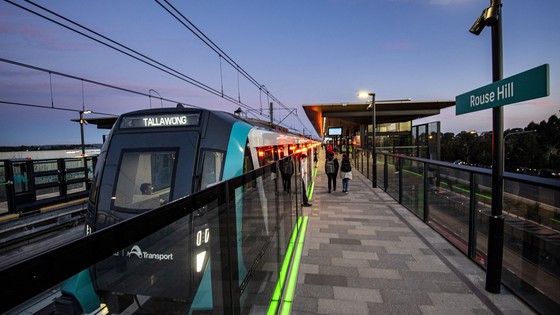
Efficient use of resources:
The components used for trains are progressively improved; The seats for new high speed trains are lighter (-6 kg than the previous generation and made of less impacting materials: on average, environmental impacts have been reduced by 35%). A comparative Life-Cycle Analysis (LCA) has been performed between signaling equipment NetBox V2 and the previous generation. The results show a global impact reduced by more than 25% on average on all the indicators. Alstom also offers, for the rolling stock parts such as seats, the ability to repair them instead of scrapping them;
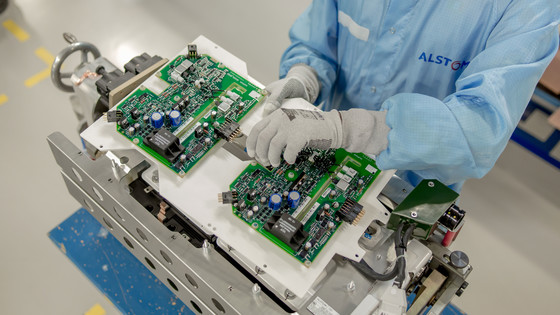
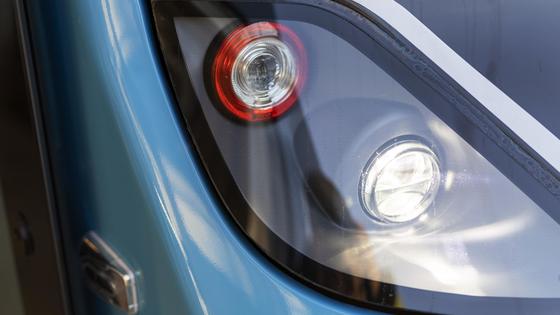
Limitation of hazardous substances: (in particular the so-called Substances of Very High Concern (SVHC) according to the REACH Regulation). The pro-active approach has allowed for a lot of components containing candidate substances to be detected and secured. By this means, 100% of the cases concerned by Annex XIV are substituted before legal deadlines;
Greener, responsible and renewable materials:
Materials and parts with recognised ecolabels (FSC, European ecolabel, Blue Angel, PEFC...) are now progressively offered for trains and infrastructure solutions and implemented. KAJO BIO (EU Ecolabel) grease has already been used on our Coradia™ trains in Algeria for example, floor panels for the Sydney metro are certified PEFC and FSC, and we are using FSC and UL Greenguard certified panels on our Amtrak trains.
Energy efficiency:
The energy consumption of Adessia Stream™ trains has been reduced by 20% compared to the previous generation of EMUs.
Noise emission reduction for new and for modernised rolling stock:
Mitrac Power™ traction converters and Mitrac Supply™ auxiliary power supply with silicon-carbide technology and 3-level topology not only led to considerable energy reduction and less train weight, but alsto help decrease noise levels as a result of natural cooling and medium frequency use. This was for instance applied in the metros of Riyadh, Hanoi and Chengdu.
Noise emission reduction for new and for modernised rolling stock:
The traction motors and auxiliary converters have been improved decreasing noise levels by 12dB and 10dB respectively. For example, the exterior noise emitted by the Flexity tram for Berlin has been significantly reduced to be up to 10 decibels (dB) lower than the norm.
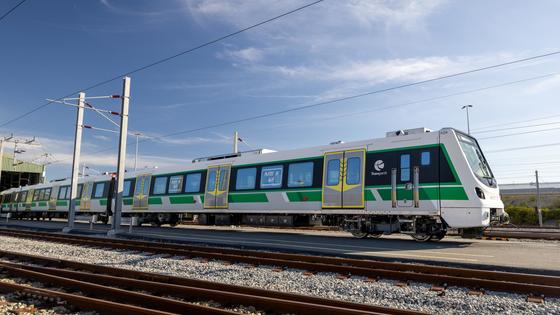
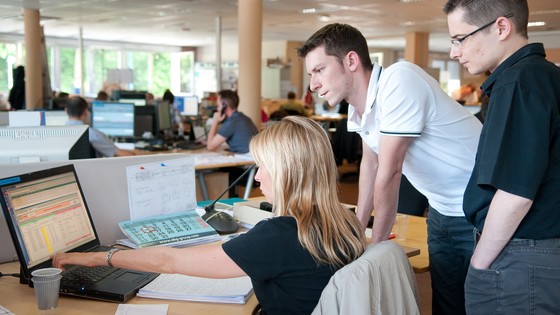
A strong network of specialists and experts
Environmental performance is completed by social and health impact considerations: Healthier Mobility™ and design for inclusivity. We have a strong network of over 90 experts and specialists around the globe and in most of Alstom’s sites, who base their activities on the eco-design policy and the eco-design process which is fully embedded in the tender and project realisation process. Deliverables are checked against Alstom’s targets and requirements at each gate review.
"An eco-design based approach cannot be practiced in isolation during the development process. It requires an interdisciplinary approach involving as many stakeholders as possible."
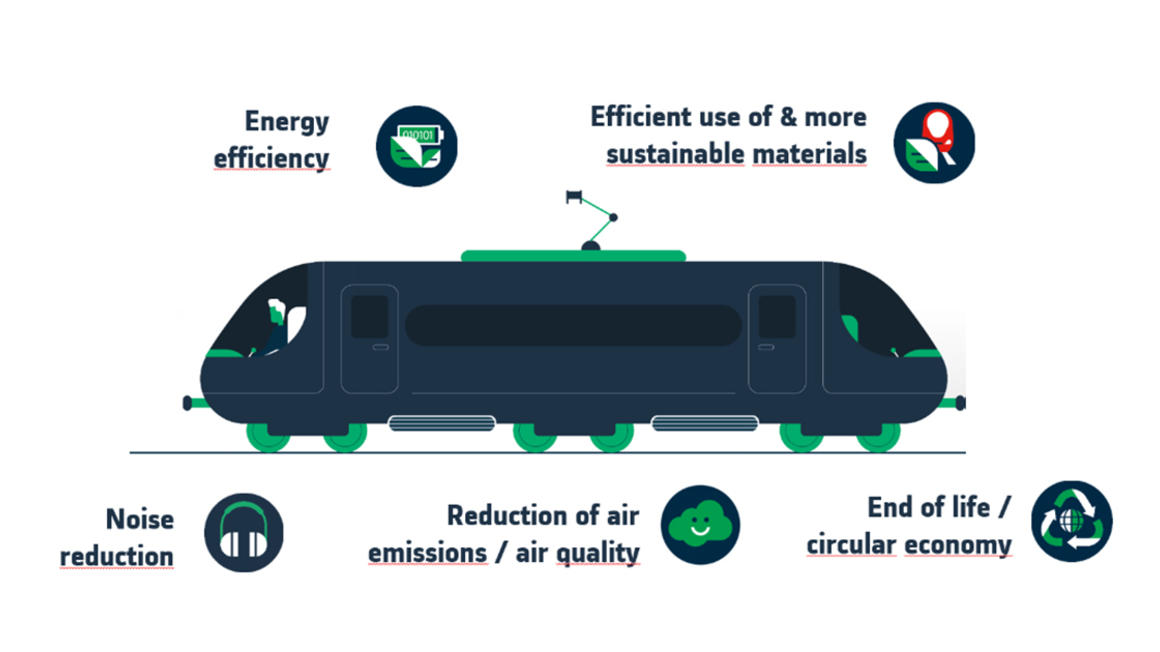
Involving subcontractors and suppliers
By integrating eco-design into their strategy, these players help optimise the environmental performance of the products and solutions developed by Alstom. That is why Alstom’s suppliers and subcontractors must sign the Group’s Ethics and Sustainable Development Charter, which notably means they commit themselves to selling materials that comply with certain standards and sustainability labels.
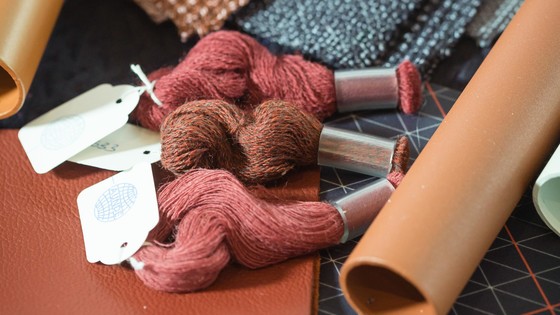
Standardising practices in the sector
Eco-design practices can only be proliferated through the use of common benchmarks among the various stakeholders (industrial and clients). This enables, for example, the use of common reference frameworks to measure the actual consumption of trains and thus facilitate comparison between products.
-
92%of products sold in 2023/24 can be reused or recycled
-
100%of our newly developed solutions to be eco-designed by 2025

"Alstom is working with other industry players and associations to standardise practices, particularly with regard to measuring the environmental impact of products in order to provide meaningful comparisons and promote eco-designed solutions"
Reducing installation inconveniences:
The time required to build a railway network is one of the main annoyances of both authorities and the public, and it may also hinder the deployment of various transport solutions (trains, trams, etc.). However, eco-design is a powerful driving force in mitigating these inconveniences. The Appitrack™ system, for example, allows up to 500 metres of track to be laid per day, reducing time of installation, tools and fuel and thus the environmental footprint. The tracks can be installed four times faster. Railway infrastructures have a clearly measurable environmental impact when they are available throughout the entire route travelled. The challenge is to make these infrastructures less visible and less costly, as seen with the Bordeaux tram, the very first to be completed with a comprehensive urban approach.
Imagining the railways of tomorrow - acting today:
Trains, underground services and trams are facing another problem unique to the rail industry, thanks to their decades-long lifecycles. This is particularly problematic when the time comes for renovation, as old car models are not particularly malleable. Alstom’s objective is to create more agile solutions so that future trains can be repaired and recycled much more easily than those of today.
The Group does not intend to stop there, and is already working towards an ambitious new objective: “100% of new products will be eco-designed by 2025,” says Mélanie Bordignon, adding that Alstom has nearly achieved this objective in September 2024 and it constitutes “a true commitment by Alstom to society”.
All the solutions of our portfolio are “heavy systems” and have decades-long lifecycles. That’s why we implement eco-design for all our systems, with a strong focus being made on material savings. We aim to integrate recycled content in our rolling stock and infrastructure solutions, targeting 40% by 2030. Our ambition is to make the best use of the materials present in our signalling systems as well as for the execution of our services activities, by extending the lifetime of the products, allowing reuse and circular economy applications and facilitate the dismantling and the recycling of the devices. Energy efficiency is also a significant axis. All the sub-systems contributing to the energy consumption of our trains are investigated for optimisation, to bring the best performance to our systems.
